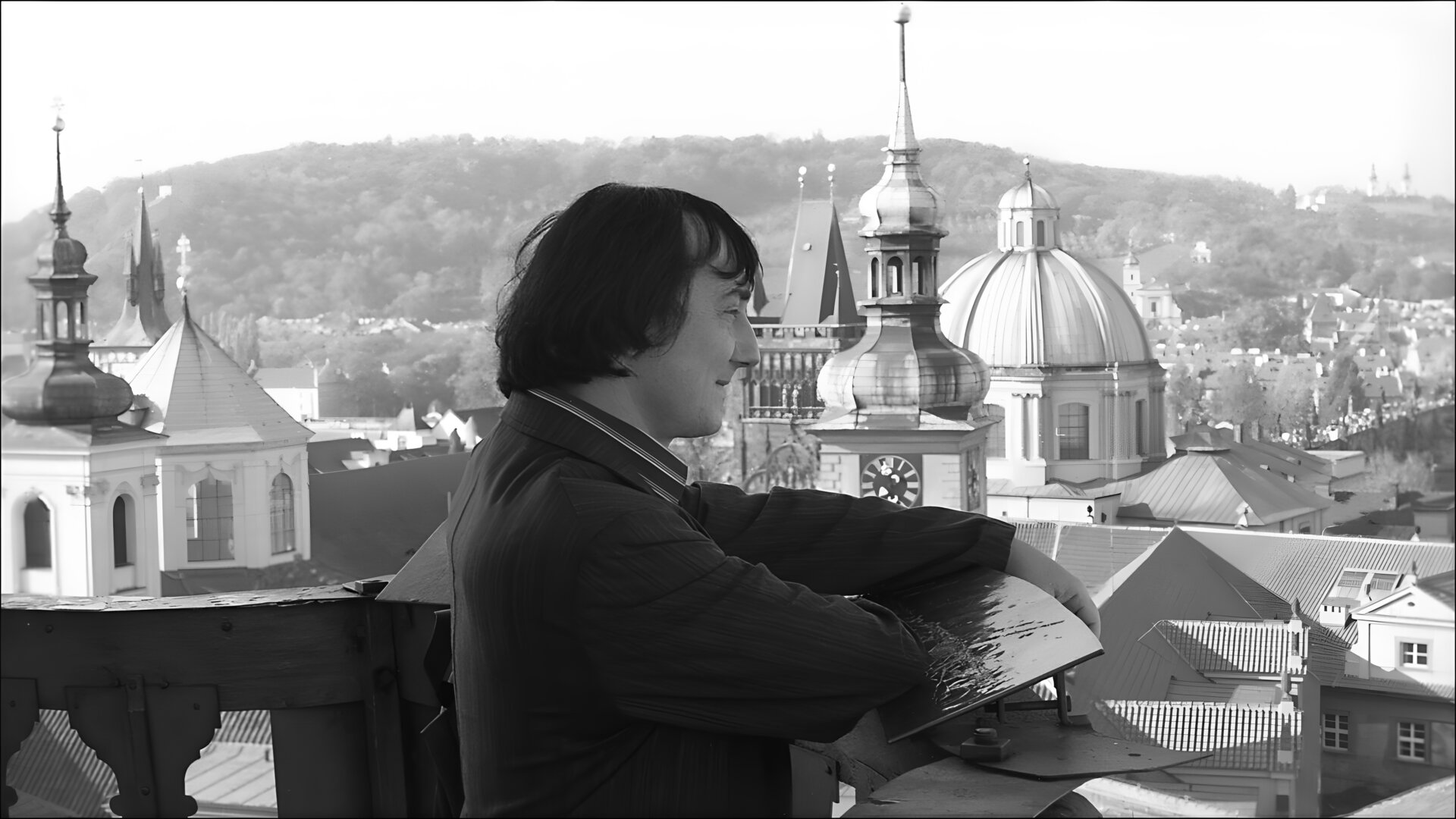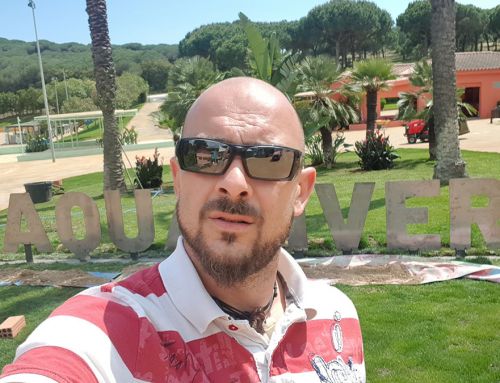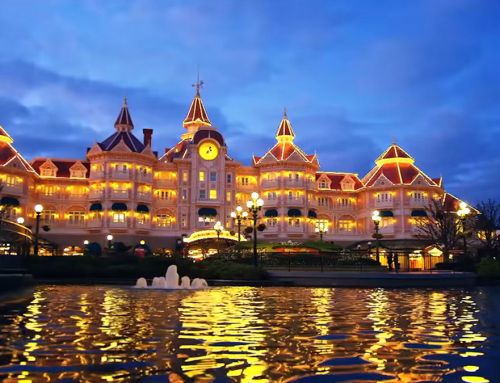After studying architecture, the professional we present here did not wait for opportunities to come his way. He went after them. He called the Walt Disney Company and worked for them. He called Grévin & Cie and became their project manager. He talked to the CEO of Pierre & Vacances and convinced him to bring him on board as director of creation and innovation. If you still have any doubts about the persuasive skills, about the extraordinary capacity of this man, read his interview.
Amusement Logic: What attracted you to architecture and why did you decide to pursue this career?
Michel Linet-Frion: I didn’t really know what I wanted to do after college, but I wanted a creative career, and I wasn’t good enough in any of the arts I had “tried out” such as Photography, Writing or Painting… I figured Architecture was a good compromise, as it requires being pragmatic and creative… which I feel I am. And also thought that it would allow me to be my own boss, which felt important. I was barely finished with my architectural studies when I set up my first Architectural Studio… and started by luck working for unconventional architectural “demands” (Parc de la Villette, Science Museum, Wine retail…).
A.L.: How did you join the Walt Disney Imagineering team, and what kind of work did you do there?
M.L.F.: The day I heard that Paris was chosen instead of Spain, I started reaching out to Disney to introduce myself… after all, I had met Walt Disney himself when I was a real young boy, living in Calgary, in Canada. Walt Disney was the star of the yearly Stampede Parade (when everyone in the city dresses up as cowboys). My school was chosen to walk alongside Walt who was sitting on a white horse… well that’s how I remember it, but I have no proof… no Instagram at the time.
More seriously, I really wanted to get into the leisure industry as I thought it was more fun than designing houses or offices. When you are a young architect, not many people will trust you enough to hire you for a great project, unless you accept to work for another architect… a boss… So I sent a few letters to the Walt Disney Company and waited for responses. I tried calling but never got anywhere except getting a high phone bill. No internet, no emails; so how do you find a contact person? Every time I found a name in some media I sent him a letter saying I was a French architect that spoke fluent American…
And it worked, as one day a certain Bob Smith called me and said he was going to be in Paris next week and he wanted to interview me… if I spoke good enough English. Which was the case, but even better, I understood his jokes when we met. He decided to hire me as a freelancer so as to help Walt Disney Imagineering set up their overseas force to build Euro Disney. Gradually they took up all of my time, so after a few months I accepted to become a full time Imagineer. And I had a great experience during around 7 years with them, including a few years relocated in California! I was the project architect for almost half of Fantasyland, and then moved on to the first extension, including several small attractions and Space Mountain after opening.

A.L.: You moved from Walt Disney to Grévin & CIE. What was that like?
M.L.F.: After opening Space Mountain, if I wanted to continue as an Imagineer I needed to relocate again to Los Angeles with my wife and 1st child. I decided I preferred a change and decided to set up again my own Architectural Studio in Paris. A one man band to start off with, but sharing an office space with another architect friend. Naturally, as Parc Asterix was the only national theme park in France I offered my services but they declined saying they needed to recover from the Disney Opening…
Their plan was to set up a task force to acquire other leisure concepts so as to set up a multi-site group, less vulnerable to unpredictable events than a unique site. And after several interviews they selected me to become their Project Director. I was in charge of designing and building all the new attractions, shows or services in Parc Astérix. And also to go out and evaluate any potential new site that we could acquire; the target was to be able to identify/imagine how we could transform these new sites so as to give them a profitable future and contribution to the group.
A.L.: You worked for 11 years as production manager at Grévin. What did your job involve and what were the highlights of that time?
M.L.F.: As just mentioned above, my role was to give each new site a vision for their future, and then activate it year by year or as planned. Greatest job on earth. Remarkable projects such as those I also included in my portfolio (at www.concepts-innovations.com). Among these were Parc Astérix’s 1st hotel, the refurbishment of 120 year old Grévin Wax Museum, Nautibus, an underwater dark ride for Saint Malo’s Aquarium, upgrading Pleasurewood Hills in the UK or Avonturenpark Hellendoorn in The Netherlands, relaunching Dolfinarium Harderwijk, and many many others!
Here I learned one really fundamental way of working. As I couldn’t afford to have all the required talents internally (designers, architects, specialty engineering, lighting, graphics, acoustics, etc…), I decided we would only employ a few strong personalities to ensure proper Project Direction and Art Direction. All the others would be chosen project by project so as to have the best and most appropriate talents for each project. This gradually became quite a network of creatives and builders! I have worked like this ever since, with a very small team around me but a huge rich network also around me. Not only did we get the greatest concepts, but we also had quite a good time coaching and steering all these great personalities from our leisure industry.
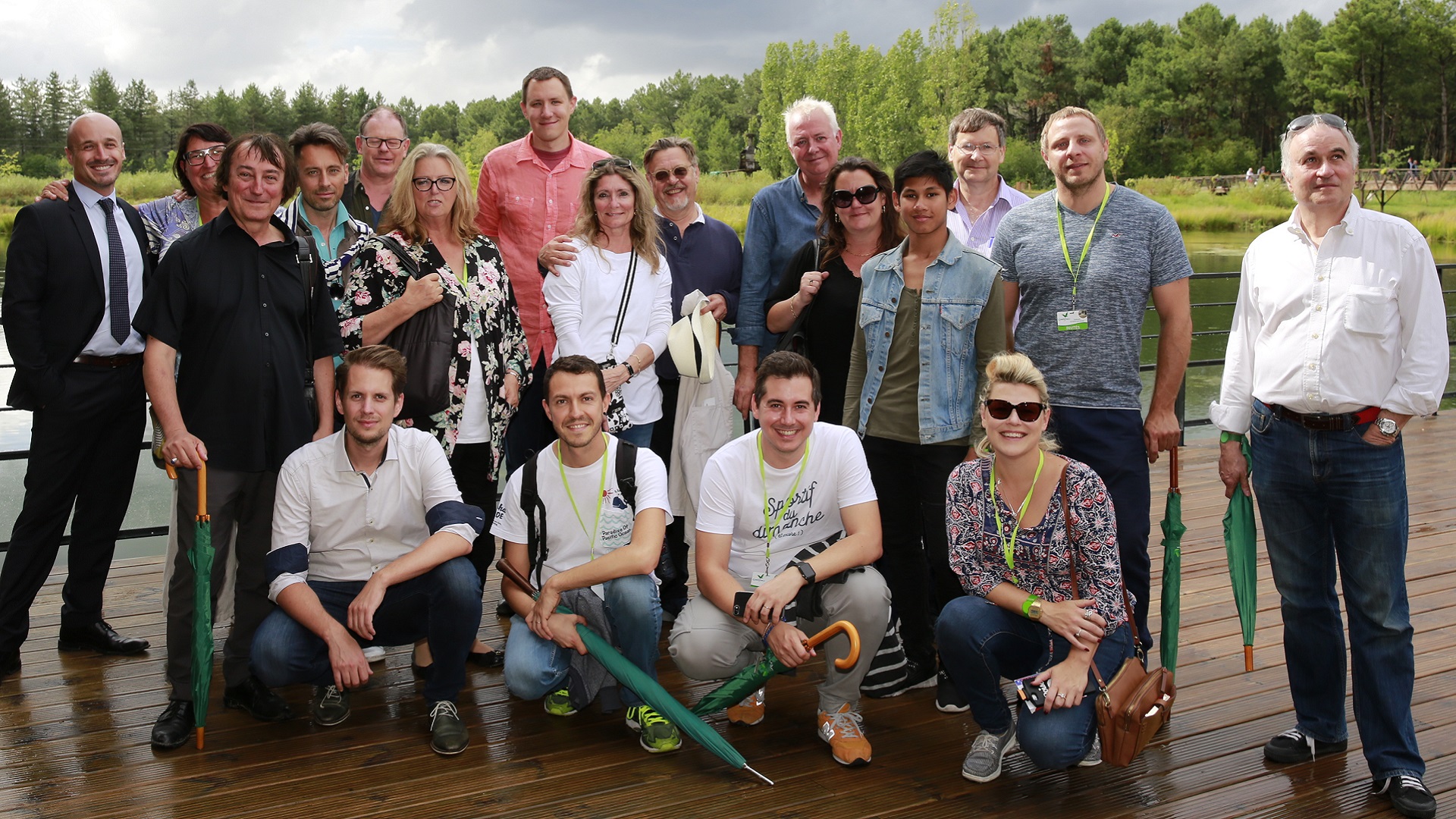
A.L.: You then joined Pierre et Vacances and Center Parcs, where you spent 15 years as director of creation and innovation. Creation and innovation are two big words. How do they fit together, and how do you work in these areas?
M.L.F.: After 10 years in what became Grévin & Cie and then Cie des Alpes, I wanted to move on to something else again? I had the best job on earth but… I decided I would set up my own Studio again… and started reaching out to those concepts I liked and thought I could contribute to. Center Parcs was my favorite as it was about authentic Nature (opposed to Fantasy), family oriented to go for a short break so as to disconnect from your daily life and reconnect with those you chose to come with.
At the time Center Parcs had just been taken over by Pierre & Vacances. When I had the opportunity to talk to their CEO, he was quickly intrigued by my background and one day he asked me if I could do a study to help them define what they needed to do to stay a good contemporary concept. They had not developed new sites for 15 years, and they had perfectly optimized their operations, but feared that the product needed some revitalization; some innovations.
After a few days thinking it over, I declined and told the CEO that I didn’t want to become a consultant in leisure, but more important is that I thought such a study would end up in someone’s drawer. You needed to create an internal force that would focus on innovations and how to improve/stay modern. It had to be internal, not external. I thought that was my last time talking to Center Parcs, but a few weeks later they hired me to do it!
A.L.: What is the link between architecture and your work at Grévin, P&V or Center Parcs?
M.L.F.: Most architects cannot fit in a mold; they want to be creative and explore ideas rather than reproduce something someone else has thought about. And my different “jobs” offered this, never repeating, always innovating. Benchmarking is fundamental so as to evaluate what has been done and how to do better.
A.L.: Finally, almost 3 years ago you set up your own studio, called Studio Concepts et Innovations. Why did you decide to take this step?
M.L.F.: Center Parcs remains one of my favorite concepts (and I still work for them, but differently). I however needed to reinvent something again, move on to another… book? (That’s the best I found to describe my changes; it’s like reading new books, which open to new worlds…). Times are changing, and I want to be part of this.
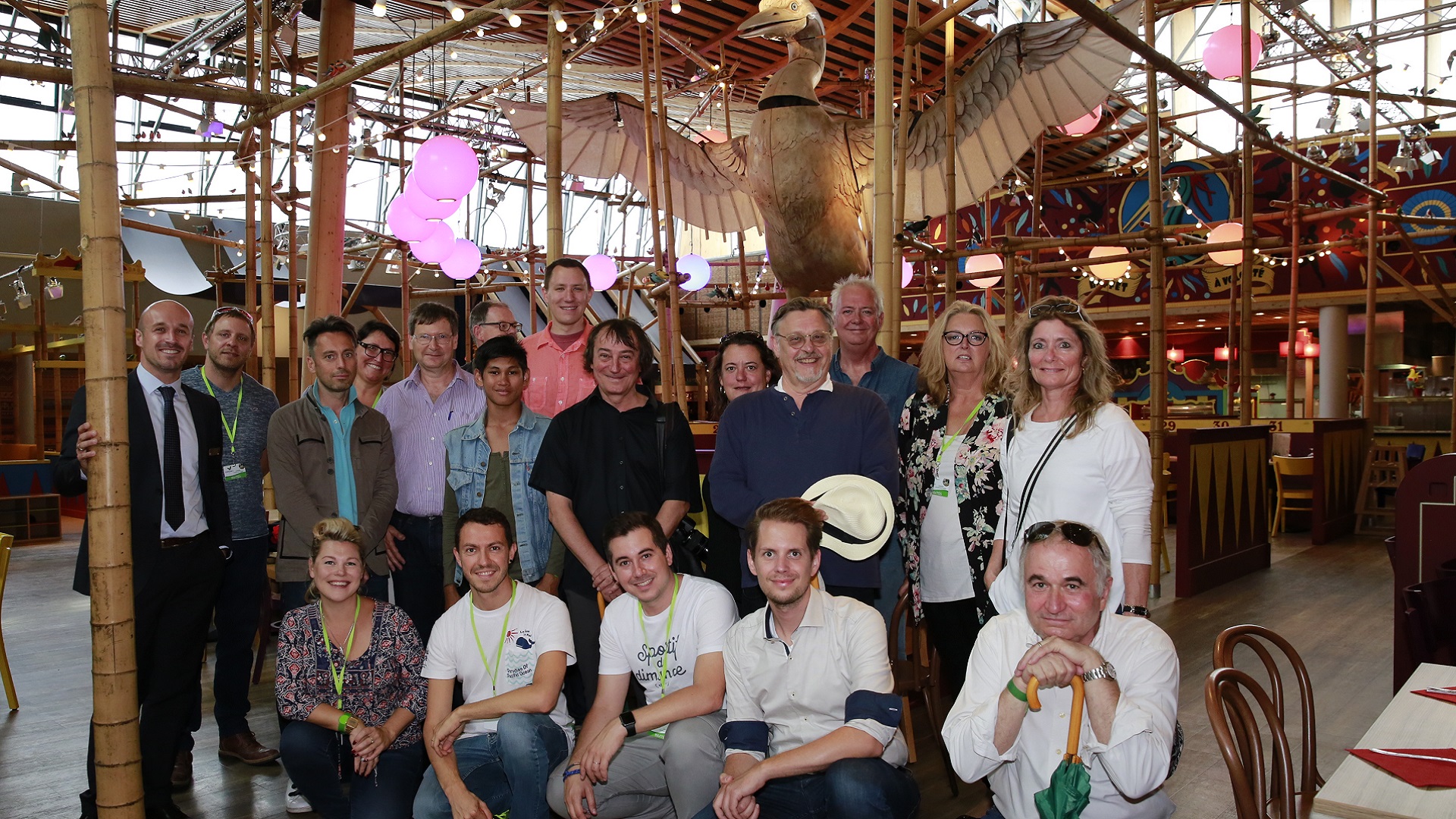
A.L.: What are the most important projects you’re working on that you can tell us about?
Each one of my new projects is the most important one in fact… They are all so different and there is no recipe that can be used for each. I need to get into it fully and that’s the only way to add my value, bring my experience and still be creative enough to surprise the guests that will use them. Beyond expectations is my driver. Currently I am involved in several waterpark concepts such as Aquascope (Futuroscope) and Oceania (Liseberg), as I am known for this expertise, resorts in far away destinations (Ouzbekistan, Middle East), very local smaller indoor leisure facilities, and a few more. Just wait and see, when they are put on the market!
A.L.: As an outstanding witness to the leisure industry, how has it evolved over the course of your career?
M.L.F.: In fact Leisure is never a must, but always a great thing to bring people together. So it does explore all new trends while it also consolidates the proven forms. I have constantly tried to see and experience everything that was new. So maybe I’m not as surprised as I witness something new.
A.L.: How do you see the future of the leisure sector in general?
M.L.F.: There are always 2 ways forward: staying on the right proven path, and moving away from it to look for new ways. As creators of leisure, we need to constantly go from one to the other. Never design for ourselves, always for others, but beyond their expectations.
Featured Image: @Alexander Mc Tyre
RELATED STORIES
Newsletter

